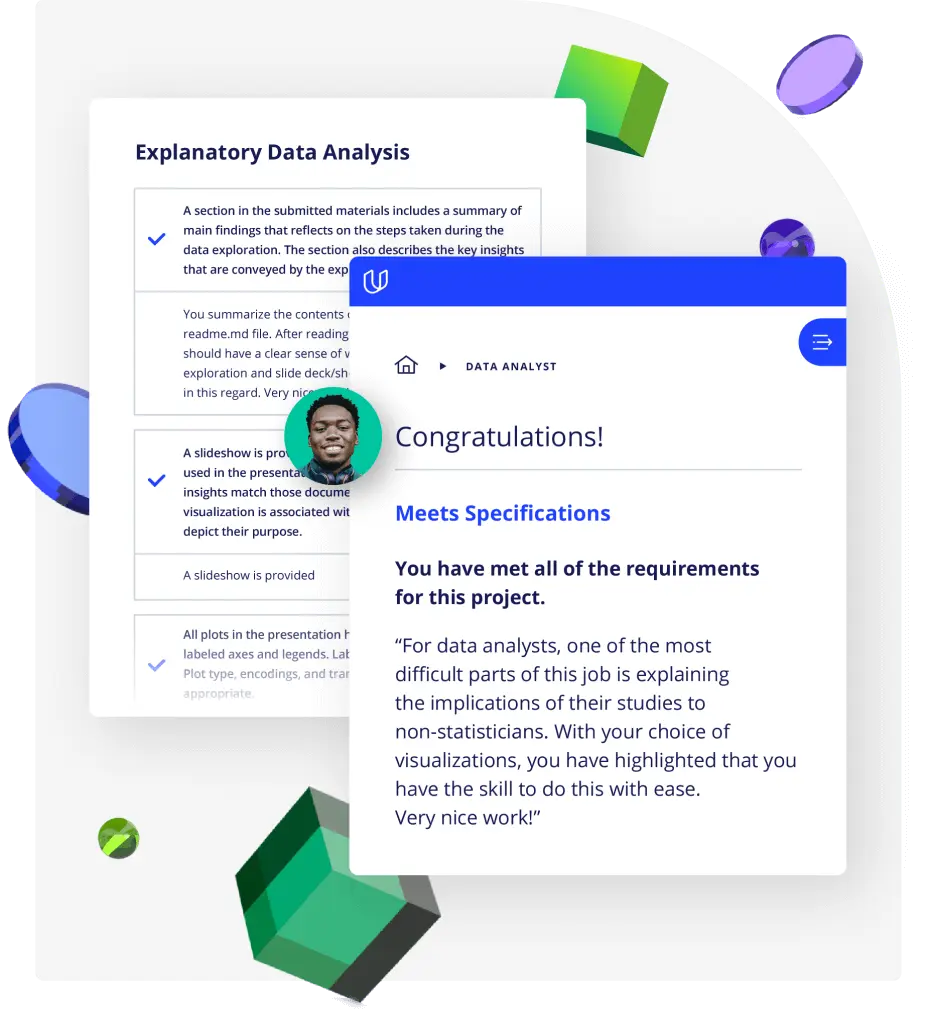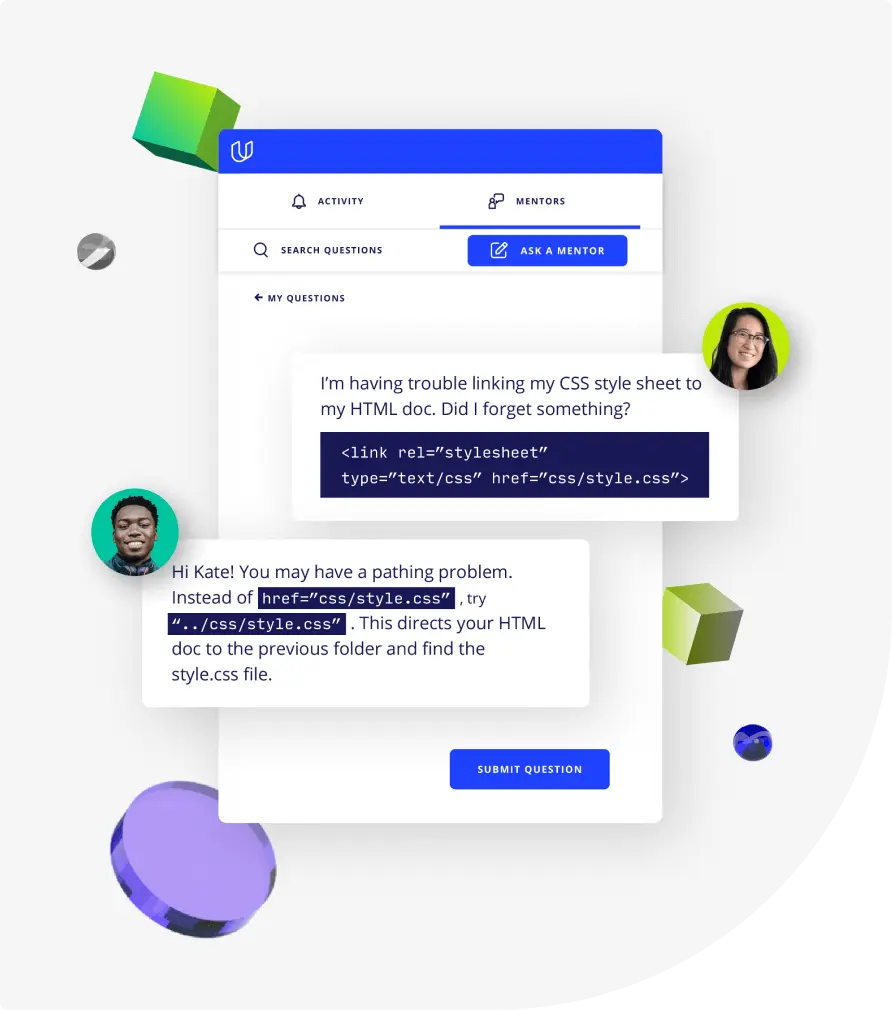
Travis Scotto
Site Reliability Engineer
Travis has been working in IT for over 10 years. He's also been adjunct teaching for over 5 years. He loves technology and sharing his knowledge with students. Travis brings his industry experience as an SRE to the table in teaching different classes. He blends industry expertise with step by step teaching to allow students to excel! Seeing students succeed is what he likes best.







